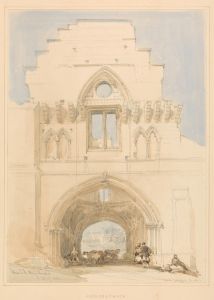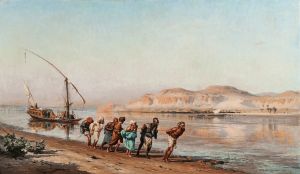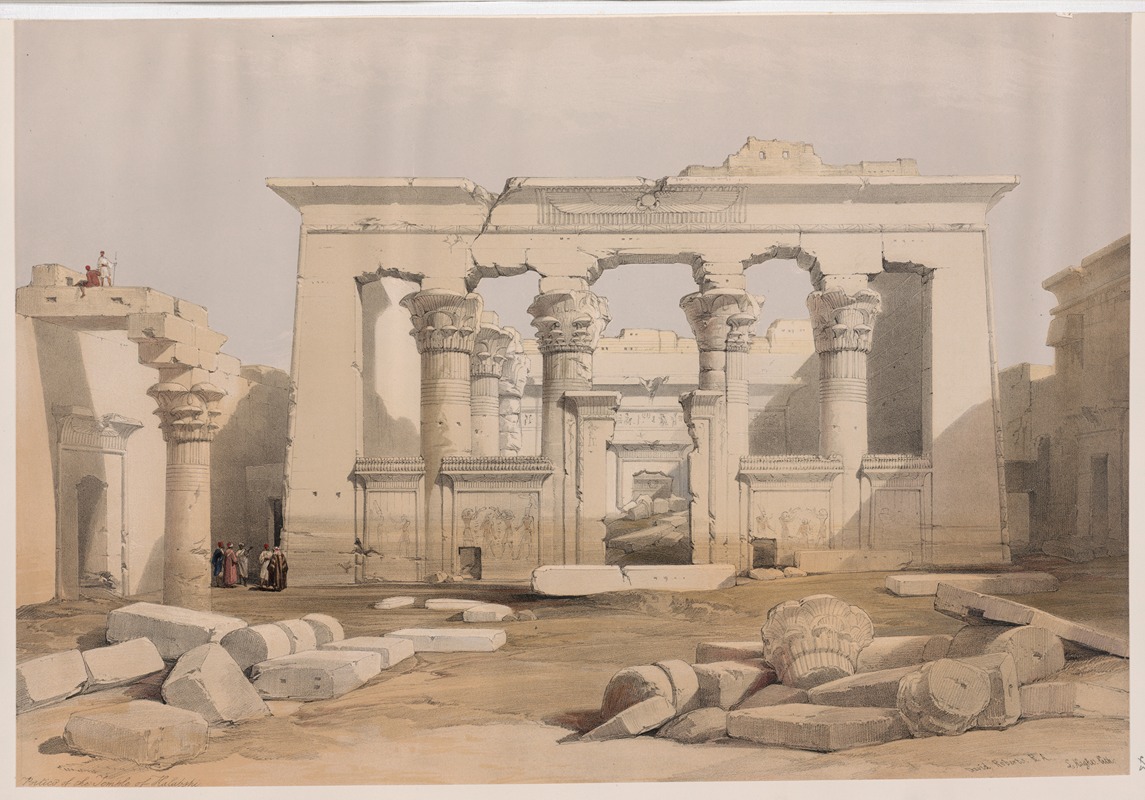
Portico of the Temple of Kalabshi [Kalâbishah].
A hand-painted replica of David Roberts’s masterpiece Portico of the Temple of Kalabshi [Kalâbishah]., meticulously crafted by professional artists to capture the true essence of the original. Each piece is created with museum-quality canvas and rare mineral pigments, carefully painted by experienced artists with delicate brushstrokes and rich, layered colors to perfectly recreate the texture of the original artwork. Unlike machine-printed reproductions, this hand-painted version brings the painting to life, infused with the artist’s emotions and skill in every stroke. Whether for personal collection or home decoration, it instantly elevates the artistic atmosphere of any space.
David Roberts' painting "Portico of the Temple of Kalabshi [Kalâbishah]" is a notable work that captures the grandeur and historical significance of the Temple of Kalabsha, an ancient Egyptian temple originally located in Nubia, near Aswan. The painting is part of Roberts' extensive collection of lithographs and paintings that document his travels in the Middle East during the 19th century.
David Roberts (1796-1864) was a Scottish painter known for his detailed and accurate depictions of architectural and historical sites. His works are highly regarded for their precision and artistic quality, providing valuable visual records of many significant locations. Roberts embarked on a journey to Egypt and the Near East in 1838, and his observations were later published in a series of volumes titled "The Holy Land, Syria, Idumea, Arabia, Egypt, and Nubia," with lithographs produced by Louis Haghe.
The Temple of Kalabsha, also known as the Temple of Mandulis, was constructed during the early Roman period, around 30 BC, under the reign of Augustus. It was dedicated to Mandulis, a Nubian form of the sun god Horus. The temple is renowned for its impressive architecture and intricate carvings, which reflect a blend of Egyptian and Greco-Roman artistic influences.
Roberts' painting specifically focuses on the portico of the temple, highlighting the grandeur of its columns and the detailed reliefs that adorn them. The portico, or entrance porch, is a significant architectural feature, providing a grand and imposing entryway to the temple's inner sanctuaries. Roberts' attention to detail in capturing the textures and forms of the stonework, as well as the play of light and shadow, brings the ancient structure to life.
The Temple of Kalabsha was originally situated on the west bank of the Nile River, but it was relocated in the 1960s to protect it from the rising waters of Lake Nasser, which were caused by the construction of the Aswan High Dam. The relocation project was part of a larger international effort led by UNESCO to save numerous monuments and archaeological sites from being submerged.
Roberts' work, including "Portico of the Temple of Kalabshi [Kalâbishah]," played a significant role in increasing Western interest in ancient Egyptian culture and archaeology. His paintings and lithographs provided a visual record that complemented the scholarly work of archaeologists and historians, and they continue to be valued for their historical and artistic significance.
The painting is an important piece of Roberts' oeuvre, showcasing his skill in rendering architectural subjects with both accuracy and artistic sensitivity. It remains a valuable historical document, offering insights into the appearance and condition of the Temple of Kalabsha before its relocation and the broader context of 19th-century exploration and documentation of ancient sites.






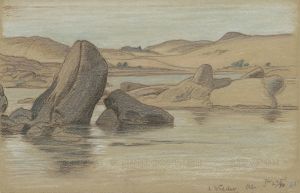
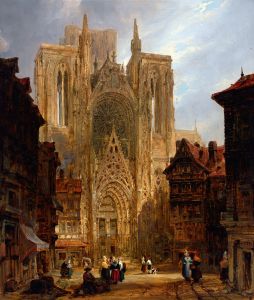
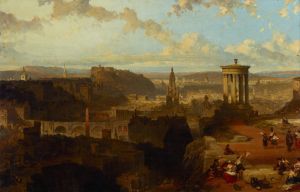
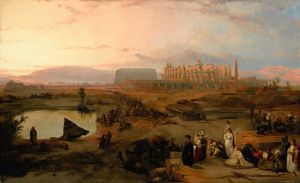
![Dendera [Dandara]. Dec. 7th, 1838.](/imgs/217475/s/david-roberts-dendera-dandara-dec-7th-1838-b9529a2b.jpg)
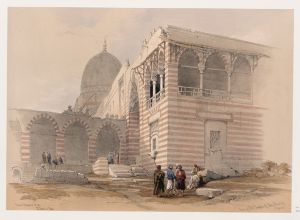
![One of two colossal statues of Rameses [sic] II. Entrance to the Temple at Luxor.](/imgs/217522/s/david-roberts-one-of-two-colossal-statues-of-rameses-sic-ii-entrance-to-the-temple-at-luxor-473c42e1.jpg)
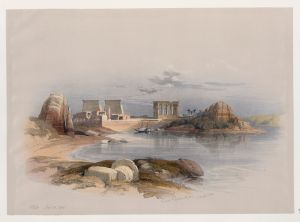
![Temple of Isis on the roof of the great temple of Dendera [Dandara].](/imgs/217547/s/david-roberts-temple-of-isis-on-the-roof-of-the-great-temple-of-dendera-dandara-fd95528e.jpg)
![Temple of Wady Kardassy [Qirtâsî] in Nubia.](/imgs/217550/s/david-roberts-temple-of-wady-kardassy-qirtasi-in-nubia-d2cce283.jpg)

